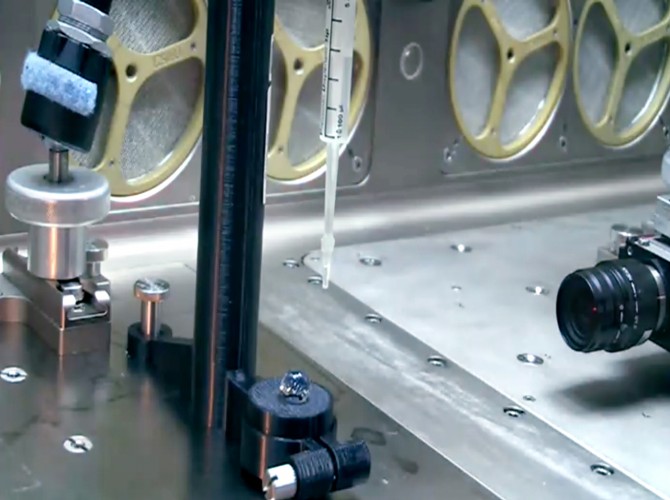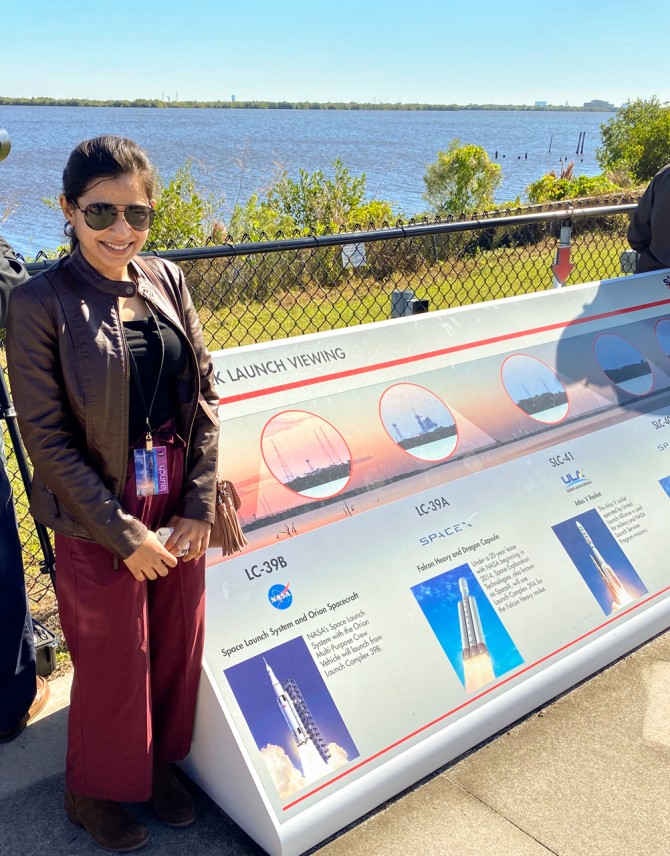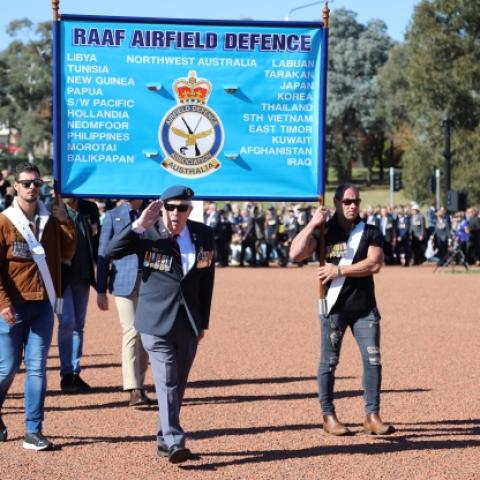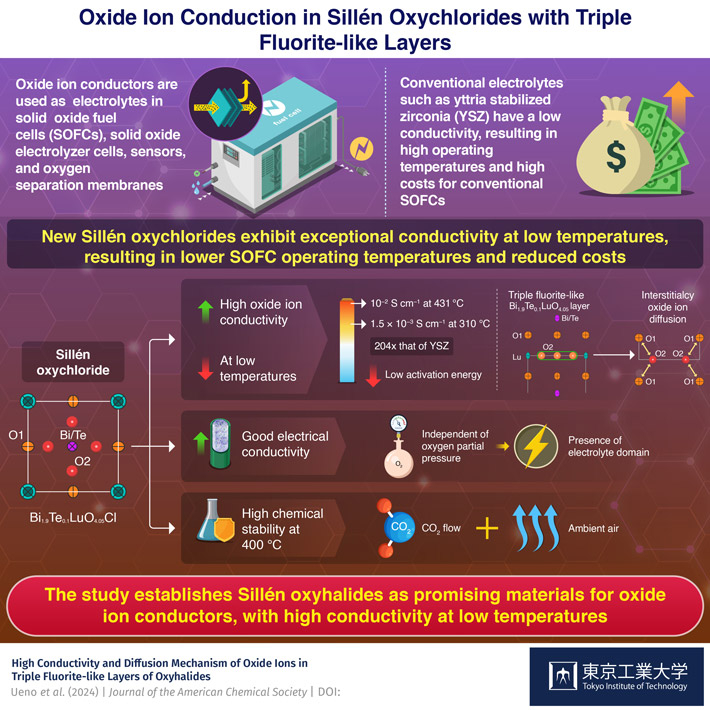Orbiting 250 miles above the Earth on the International Space Station, astronaut and station commander Luca Parmitano on Dec. 10-11 conducted a Cornell-designed experiment that will help validate numerical models used for a number of industrial and geophysical applications.
The view Cornell researchers had as they watched a livestream of their experiment conducted Dec. 10-11 on the International Space Station. Inside the station’s Microgravity Science Glovebox, a pipette releases a droplet of water onto a capillary plate as it’s filmed with a slow-motion camera.
The experiment – the design of which was led by Michel Louge, professor of mechanical and aerospace engineering – used a slow-motion camera to capture water droplets coming into contact with porous metal plates, 12 millimeters in diameter. Two of the three gold-coated plates contained capillaries (small holes) covering 25% and 50% of the surface, respectively.
The video footage is giving engineers a never-before-seen view of the complex physics that occur as a liquid-gas interface meets a solid surface, including how forces wrestle the droplets into different shapes before being pulled into the capillaries.
“This experiment is relevant to a host of practical applications,” Louge said, “where a liquid is pulled into a porous solid like a sponge or sand. There, liquid penetration is determined by what happens right when the drop touches solid capillaries.”
The experiment, “Inertial Spreading and Imbibition of a Liquid Drop Through Porous Surface,” was conducted on the space station because the microgravity environment increases the timescale in which the physics can be studied.
“If people attempted these observations in Earth’s gravity, observing the most interesting part would require a very small drop and the whole thing would last less than a microsecond. No camera is fast enough or has strong enough lighting to see such a thing,” said Louge, who watched the experiment with doctoral student Shilpa Sahoo from a control room at NASA’s Glenn Research Center in Cleveland, Ohio.
“The experience of being in the control room and watching it unfold was unnerving and exciting at the same time,” Sahoo said. “However, Commander Parmitano’s creativity and skillfulness evened out all the expected and unexpected kinks of the experiment, leading to a success in this project, and we got the data that we were hoping for.”
Shilpa Sahoo, mechanical and aerospace engineering doctoral student, is pictured Dec. 5 at the Kennedy Space Center in Florida. She was there for the launch of a rocket taking cargo to the International Space Station.
Preparing the experiment was itself a scientific achievement, with a team of engineers making the capillary plates to precise specifications that allowed for the control of as many factors as possible. Aerospace company ZIN Technologies fabricated the plates, but to coat the tiny capillaries in gold, it took a unique electroless plating process conducted by Sadik Omowunmi, professor of chemistry at Binghamton University.
The plates were then sent to Cornell where – under guidance from Susan Daniel, associate professor of chemical and biomolecular engineering – Sahoo deposited hydrophilic coatings of self-assembled monolayers on them.
With the experiment complete, the researchers will spend the next few months analyzing data with help from computer vision techniques developed by Anthony Reeves, professor of electrical and computer engineering.
Ultimately, the data will be used as a benchmark for validating numerical simulations used to model gas-liquid-solid interactions, such as how fuel is injected into engines, mineral separation, drug tableting, carbon sequestration and even geophysical phenomenon such as landslides and irrigation.
Olivier Desjardins, associate professor of mechanical and aerospace engineering, develops such simulations in his Computational Thermo-Fluids Laboratory. He said he is looking forward to comparing the results to theories that explain how liquid-gas interfaces move along solid walls.
“The new data will provide unique opportunities to test both the theories and their numerical implementation, and see whether our computational fluid dynamics codes are capable of capturing the physics of interfaces moving along complex walls,” said Desjardins. “I expect that the new International Space Station data will guide the development of improved models of contact line dynamics.”
Said Louge: “Sometimes nature has a few surprises in store. We’re excited about this because we might see things that we haven’t anticipated.”
Other collaborators include Thomas Avedisian, professor of mechanical and aerospace engineering; Thorsten Pöschel, professor at the Institute for Multiscale Simulation of the University of Erlangen-Nürnberg; and Xavier Frank, professor at the University of Montpellier. Funding for the experiment was provided by the National Science Foundation and the Center for the Advancement of Science in Space.
Syl Kacapyr is public relations and content manager for the College of Engineering.







